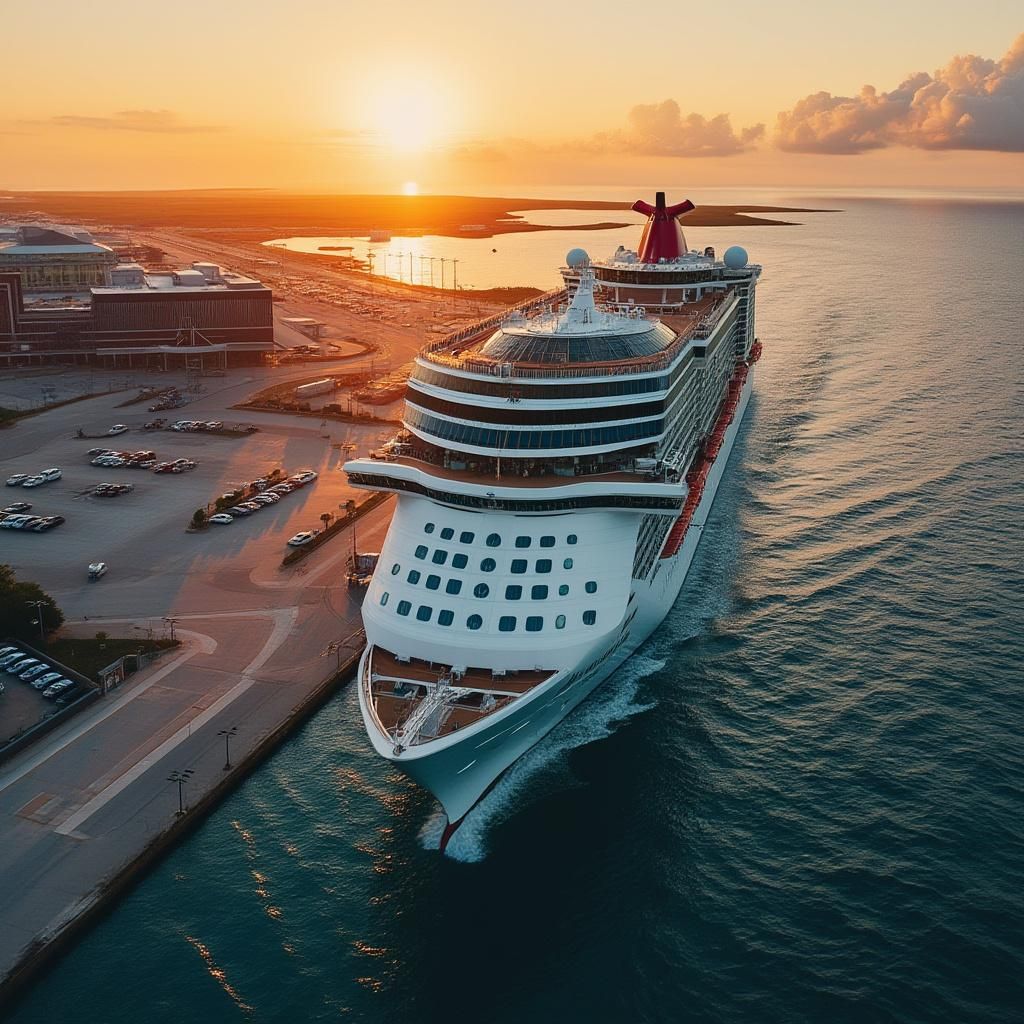Carnival’s 25-year bet on Galveston paid off—here’s why it matters
Carnival marked 25 years in Galveston. Why the Texas homeport matters now, what Jubilee signals, and how it changes pricing, choice, and the Gulf Coast.

Carnival Cruise Line just marked 25 years of sailing from Galveston with a celebration aboard Carnival Jubilee, underscoring how the Texas homeport became a powerhouse for year‑round Caribbean cruises. According to the Houston Chronicle, local officials and performers joined the onboard event—part victory lap, part signal about where the industry is headed.
Galveston’s rise from regional gateway to cruise heavyweight
Galveston started as a convenient drive‑to option for Texans and neighboring states. Two and a half decades later, it’s one of the nation’s busiest cruise gateways by volume, with year‑round departures that reliably fill ships without the airfare friction many Florida sailings require.
Carnival leaned into that reality early. The line built steady, repeat demand on Western Caribbean itineraries that hit Cozumel, Costa Maya, and Roatán—routes that are port‑rich, cost‑efficient, and deliver strong satisfaction scores. The formula is simple: easy embarkation, predictable value, and familiar destinations. For families and first‑time cruisers, it’s a low‑risk on‑ramp.
Carnival also put a flagship behind the market. The LNG‑powered Carnival Jubilee—an Excel‑class sister to Mardi Gras and Celebration—now sails full‑time from Galveston, a clear statement that the Gulf Coast isn’t a second‑tier play. Carnival’s own Galveston schedule showcases the ship’s seven‑night loops and the brand’s broader footprint from the island.
The Texas playbook: drive‑to demand, short flights, and smart costs
A big part of Galveston’s durability is physics and budget. A huge share of Texas, Oklahoma, Louisiana, Arkansas, and even parts of the Midwest can reach the island in a day’s drive. For the rest, Houston’s airlift plus an hour’s ground transfer keeps costs in check.
Operationally, the Western Caribbean is a sweet spot. Port calls are relatively close, fuel planning is efficient, and weather disruptions are manageable outside peak hurricane season. Carnival’s steady capacity strategy—multiple ships, overlapping itineraries—lets the line balance pricing and occupancy. It’s not sexy, but it is resilient.
The port has kept pace, too. Terminal upgrades and parking expansion have improved throughput, while the city has embraced pre‑ and post‑cruise stays that boost the local economy. In short: infrastructure followed demand.
A competitive ripple that changed the Gulf
Carnival’s long game in Galveston forced rivals to respond. Royal Caribbean opened a new, state‑of‑the‑art terminal in November 2022, a sign that the brand sees Texas as a durable base for larger ships and loyal drive‑market cruisers. That arms race—more modern terminals, higher‑capacity ships—usually benefits consumers with more cabin choice and sharper pricing across shoulder seasons.
There’s also a brand story here. By anchoring Jubilee in Galveston, Carnival placed one of its newest, most tech‑forward ships in a market that was once pigeonholed as “regional.” It raised expectations for dining, entertainment, and onboard amenities in the Gulf—and nudged competitors to match the bar.
What it means for cruisers right now
If you’re within driving distance, the value math often favors Galveston. Between avoided airfare, frequent sales on off‑peak sailings, and plentiful parking, total trip cost tends to undercut comparable Florida departures. Weekend congestion remains real—plan to arrive early, use timed arrival windows, and consider third‑party shuttles if you’re parking off‑site.
Expect Western Caribbean staples on seven‑night runs and a mix of shorter itineraries for quick getaways. For first‑timers or families, it’s a predictable, budget‑friendly way to test the waters on a modern ship without cross‑country flights.
The fine print: weather, crowding, and the LNG question
Hurricane season (June 1 to November 30) adds risk. Itineraries can shift, and embarkation days can be bumpy. Travel insurance that covers weather‑related changes is worth a look.
Then there’s the environmental ledger. LNG significantly reduces sulfur oxides, nitrogen oxides, and particulate emissions compared to conventional marine fuels. But independent analyses flag methane slip as a climate concern that can blunt LNG’s greenhouse‑gas advantage without stringent controls. It’s progress—and a reminder that decarbonizing cruising is a long game with tradeoffs.
Quick stats at a glance
- Years sailing from Galveston: 25 (since 2000) [Houston Chronicle]
- Headliner ship: Carnival Jubilee (Excel‑class, LNG‑powered) [Carnival]
- Typical routes: 7‑night Western Caribbean (e.g., Cozumel, Costa Maya, Roatán) [Carnival]
- Rival investments: Royal Caribbean’s new Galveston terminal opened November 2022 [Royal Caribbean]
The bottom line
Carnival didn’t just throw a birthday party in Galveston—it telegraphed confidence in the Gulf Coast as a first‑choice homeport. The bet that a big, drive‑to market could support marquee hardware paid off, and the spillover benefits—more competition, better terminals, and sharper pricing—are now baked into the region’s cruise economics.
For travelers, the takeaway is simple: Galveston delivers modern ships and value without the flight. For the industry, the message is sharper: follow the demand, invest in the experience, and the Gulf will answer.
Pros and cons for would‑be Galveston cruisers
- Pros: Drive‑to convenience; year‑round sailings; competitive pricing; modern ships.
- Cons: Peak‑day crowding; hurricane season disruptions; parking logistics; limited itinerary variety vs. Florida.
In case you skimmed
- Carnival celebrated 25 years of Galveston sailings aboard Carnival Jubilee, with local officials in attendance, per the Houston Chronicle.
- Galveston has evolved into a high‑volume homeport with year‑round, drive‑market demand.
- Royal Caribbean’s 2022 terminal signals multi‑brand investment—and rising competition.
- LNG cuts some air pollutants; methane slip remains a climate challenge, according to independent research.
Sources: Houston Chronicle; Carnival Cruise Line; Royal Caribbean Press Center; ICCT.
